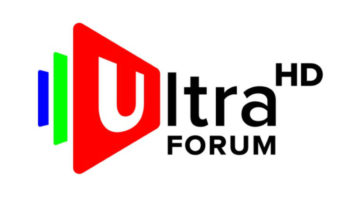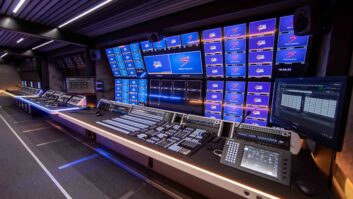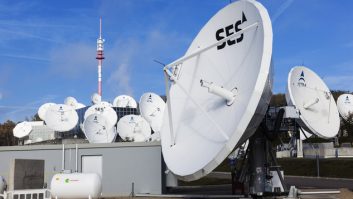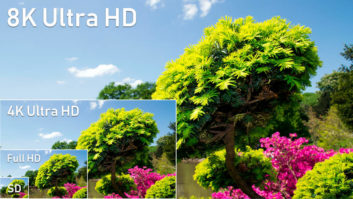California-based video processing chipset manufacturer Anchor Bay has backed growing claims that general-purpose chipsets used on DVD and set-top boxes to convert interlaced footage for display on large progressive-scan HD displays could undermine the quality promise at the heart of the embryonic HD TV market, writes Richard Dean.
“More often than not, the poor image quality is the result of a conversion process that occurs in almost all DVD players and HDTV set-top boxes whereby interlaced signals must be converted to progressive before they can be viewed on an HDTV display,” says Rich Wawrzyniak, senior analyst at Semico, the semiconductor marketing and research company based in Phoenix, Arizona. “If this process isn’t done well, the result is jagged edges and other ugly artefacts on the consumer’s new HDTV.”
Anchor Bay’s answer is PreP (Progressive ReProcessing), which begins by returning the flawed progressive video signal output back to its original interlaced format. PReP then converts the interlaced signal to progressive scan, but this time applying source, edge and motion-adaptive algorithms from its Precision Deinterlacing technology to eliminate jaggies, combing, and other degrading effects. Formats that can be unpicked in this way include 480p, 576p, 1080p/50 and 1080p/60.
The company says that PReP will be a key feature of its recently announced ABT2010 ASIC (application specific integrated circuit) for original equipment manufacturers, in addition to other features from its Video Reference Series line including VRS Precision Video Scaling, VRS RightRate, VRS AutoCUE-C, and VRS Precision AV LipSync.






